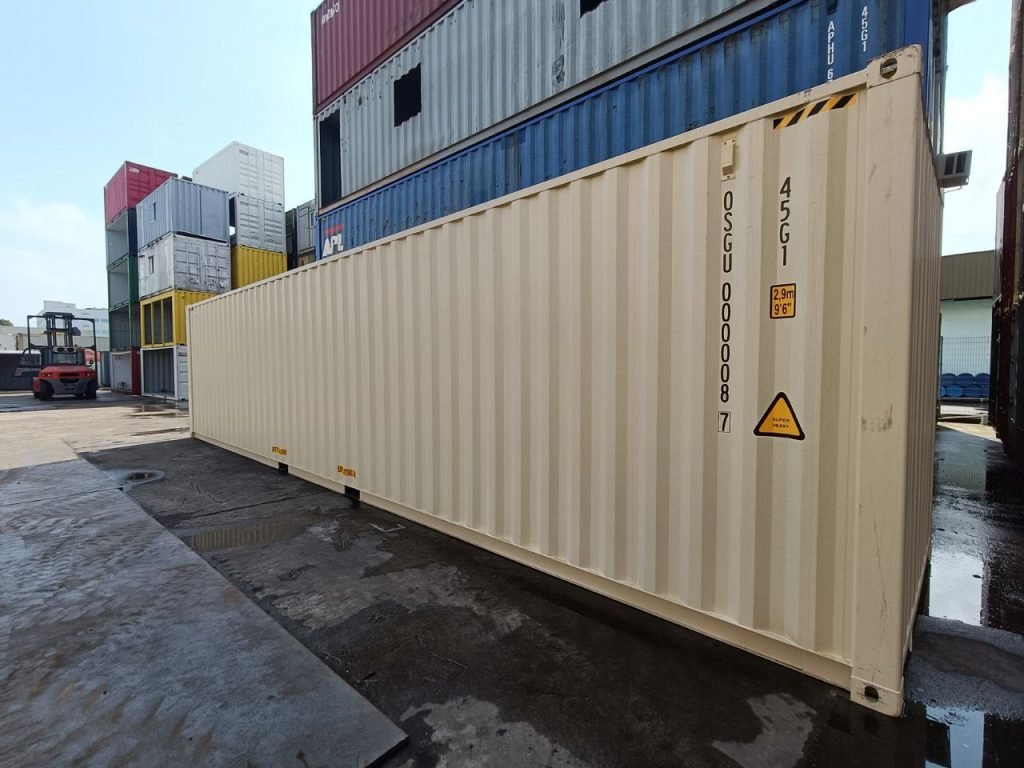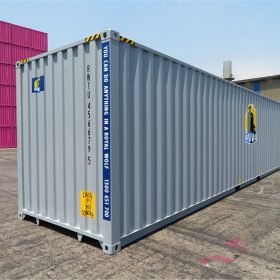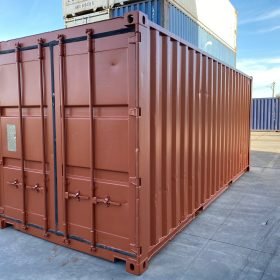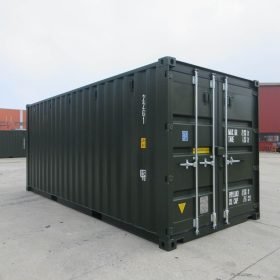The Economics of Shipping Container Housing: Affordable Living in the 21st Century
In recent years, shipping container housing has emerged as a revolutionary solution to the global housing crisis. As urban populations surge and traditional housing costs spiral upward, this innovative approach offers a viable and cost-effective alternative. But what makes shipping container housing so economically attractive? Let’s delve into the economics of shipping container homes and explore how they present a modern answer to affordable living.
Understanding Shipping Container Housing
Shipping container housing involves repurposing steel containers, originally designed for transporting goods, into livable spaces. These containers are typically 20 or 40 feet long, making them compact yet versatile for various housing designs. The concept isn’t entirely new but has gained momentum due to its affordability, sustainability, and adaptability.
The Cost Efficiency of Shipping Containers
One of the primary advantages of shipping container housing is its cost efficiency. Standard shipping containers are relatively inexpensive, often costing between $2,000 and $5,000 each. This is significantly cheaper than traditional construction materials and methods. The cost-effectiveness is further amplified by the reduced need for foundational work and framing, as containers are inherently robust and structurally sound.
In addition to the lower initial costs, shipping container homes can also reduce long-term expenses. Their durability and weather resistance contribute to lower maintenance costs compared to conventional buildings. The containers’ insulating properties, combined with modern upgrades, can lead to reduced energy bills, making them a financially sound choice over time.
Speed and Flexibility of Construction
Shipping container homes offer a fast and flexible construction process. Standardized container sizes and modular designs allow for quicker assembly and less complex construction compared to traditional housing. This accelerated building timeline reduces labor costs and minimizes the time between investment and occupancy.
The modular nature of container homes also means they can be easily expanded or reconfigured. This adaptability is particularly valuable in urban settings where space is limited and land costs are high. For developers and investors, this flexibility translates to a more dynamic and potentially lucrative real estate venture.
Sustainability and Environmental Impact
Beyond their economic benefits, shipping container homes are also an environmentally friendly option. By repurposing used containers, this approach helps mitigate waste and reduces the demand for new building materials. Additionally, containers are typically constructed from steel, a highly recyclable material, contributing to a more sustainable housing solution.
Modern container homes often incorporate green building practices, such as energy-efficient appliances, solar panels, and rainwater harvesting systems. These features not only enhance the environmental credentials of container housing but also lead to lower utility costs for occupants.
Addressing Challenges and Considerations
Despite their many advantages, shipping container homes are not without challenges. Insulating and ventilating containers to ensure comfort and livability can require significant investment and expertise. Additionally, local building codes and regulations can sometimes pose hurdles, as container homes may not always fit neatly into existing frameworks.
The initial cost savings can also be offset by additional expenses related to customization, interior fittings, and site preparation. While the containers themselves are affordable, creating a comfortable and aesthetically pleasing living space often involves additional investment.
Conclusion
Shipping container housing represents a promising solution to the challenge of affordable living in the 21st century. Its cost efficiency, speed of construction, and environmental benefits make it an attractive option for both individuals and developers. As urban areas continue to expand and traditional housing becomes increasingly out of reach for many, shipping container homes offer a practical and innovative alternative that aligns with modern needs and values.
As this trend continues to evolve, further advancements in design and construction techniques will likely enhance the appeal and viability of shipping container housing. For those seeking affordable and sustainable living solutions, the economics of shipping container homes present a compelling case for embracing this unique approach to modern housing.






